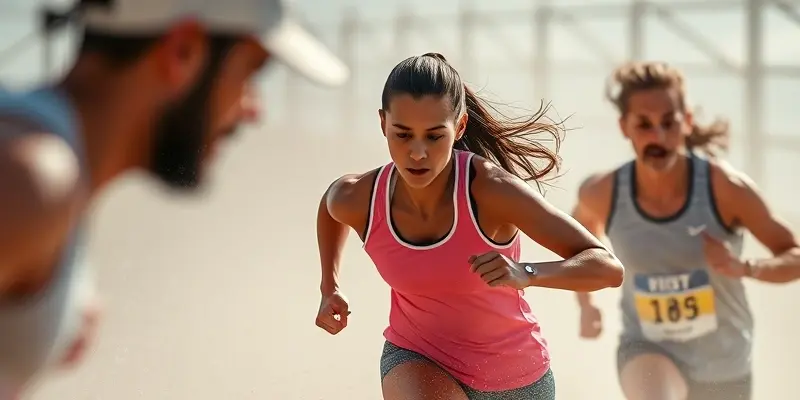Recovery & Injury: Practical Strategies for Staying Strong and Coming Back Faster
Whether you’re a beginner eyeing your first fun run or a seasoned athlete with years under your belt, staying healthy is key to progress and joy in fitness. Injuries happen—but with smart preparation and holistic recovery, you can bounce back stronger than ever.
Let’s break down the best evidence-backed methods for preventing injuries, healing efficiently, and keeping your motivation high—no matter your sport or experience.
Key Training Techniques for Preventing Injuries
Start With a Needs Analysis
Before launching into any routine, take a moment to assess your goals, the demands of your sport, and any past injuries. Are you a runner with a history of ankle sprains? Or lifting weights after a shoulder tweak? Tailoring your training is essential for success.
Train for Strength and Neuromuscular Control
Focus on whole-body, multi-joint exercises like squats and lunges. Spice things up with balance drills—think standing on a wobble board or single-leg bridges. These challenge your core and stabilizer muscles, reducing your injury risk.
Don’t overlook the value of eccentric training (slowing down the lowering phase of a movement). It’s particularly effective for tending to vulnerable tendons and joints.
Progressive Overload—with a Twist
Progress is good, but more isn’t always better. Aim to increase intensity gradually and prioritize movement quality. Beginners: start with supported or partial movements, like shallow squats or wall-assisted lunges. As balance and strength improve, you can up the challenge.
Common Sports Injuries—and How to Outsmart Them
Here’s a quick guide to the trouble spots and how to keep them at bay:
| Injury Type | Why It Happens | Smart Prevention ||——————-|——————————-|—————————————|| Ankle Sprains | Weak stabilizers, poor balance | Balance drills, plyometrics || ACL/Knee Strains | Weak hips, bad landing form | Glute work, jump technique, eccentrics|| Shoulder Aches | Overuse, instability | Rotator cuff training, core strength || Tendon Overuse | Too much, too soon | Slow progress, rest days, eccentrics |
Example: If you love HIIT or soccer, working on single-leg balance and controlled jump landings can significantly cut your risk of knee troubles.
Nutrition and Recovery Tools: Your Secret Weapons
Eat to Heal
After a tough session—or if you’re recovering from injury—nutrition makes a difference:
- Protein is crucial for tissue repair. Aim for regular, spread-out servings.
- Omega-3s (found in fish or flax) help fight inflammation.
- Vitamin C and Zinc support collagen building and immune defense. Learn more about the benefits of vitamin C immunity athletes.
- Hydration is often overlooked, but sore joints and muscles need plenty of fluids to recover.
Tools and Gadgets That Help
- Foam rollers and massage guns boost blood flow, speed recovery, and ease muscle knots.
- Compression gear can help with swelling after intense workouts or injury.
- Balance trainers (like BOSU balls) are great for both rehab and ongoing ankle/knee protection.
Staying Motivated During Recovery
It’s easy to get discouraged during downtime. Here’s what helps:
Set Small, Clear Goals
Focus on the next step—be it a pain-free walk around the block or mastering a balance drill.
Visualize Your Success
Even if you’re benched, mentally rehearsing skills keeps your brain-body connection sharp. This ties closely to effective visualization for healing.
Don’t Go It Alone
Lean on friends, teammates, or online recovery communities. Sharing your progress and setbacks keeps spirits high and the finish line in sight.
The Takeaway: Prevention, Patience, and Proactive Recovery
Injury prevention is about more than avoiding pain—it’s the foundation of lifelong performance and joy in movement. Invest in quality training, nourish your body, use the right tools, and nurture your mental resilience.
Stay proactive. Listen to your body. And remember: a smart approach today means more time doing what you love, for years to come.
Got your own rehab triumph or prevention trick? Share it in the comments—let’s help each other stay strong!

